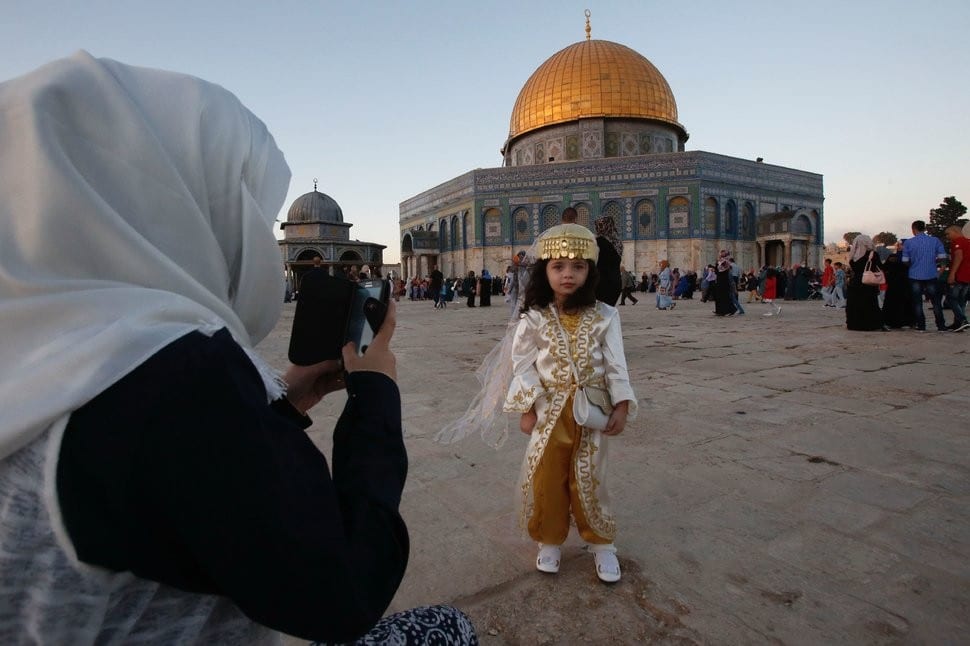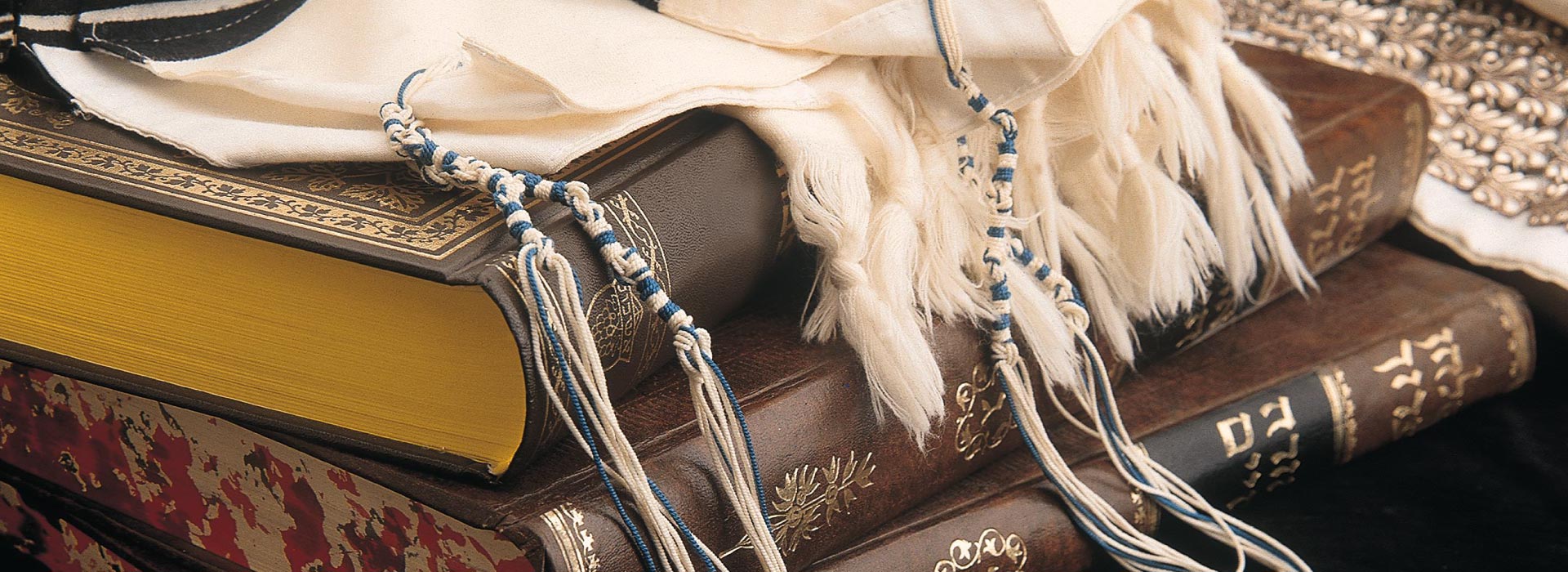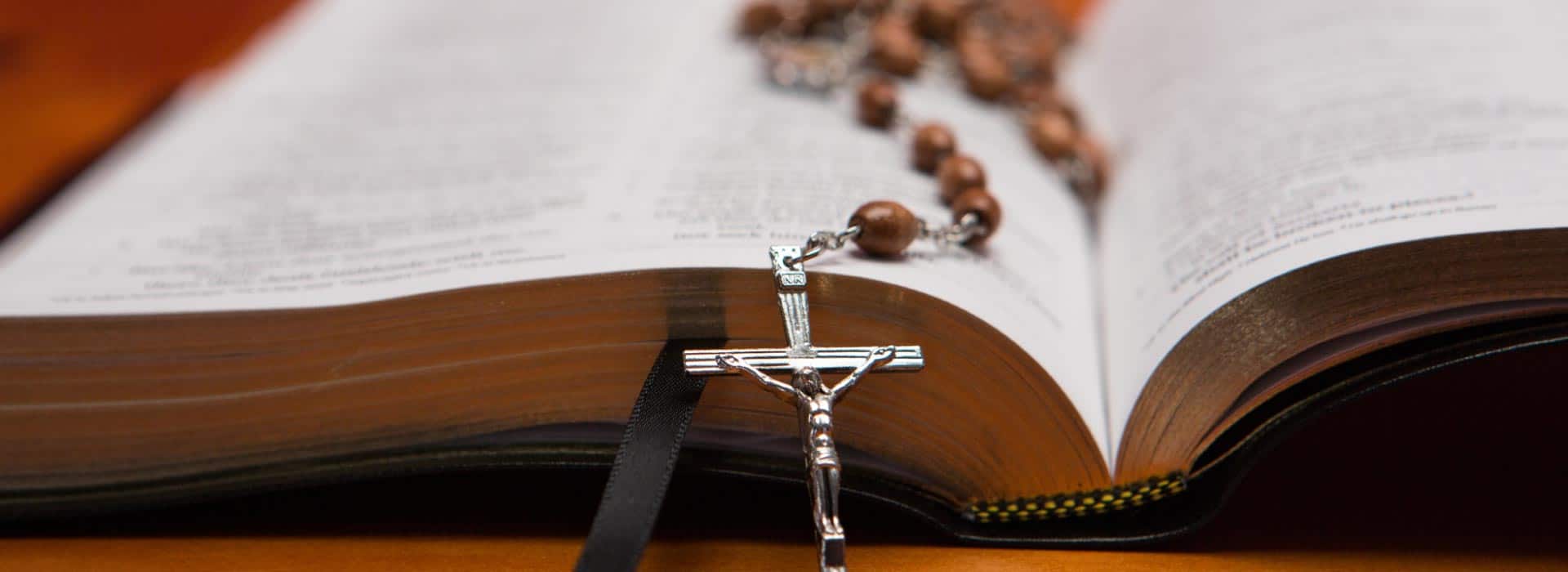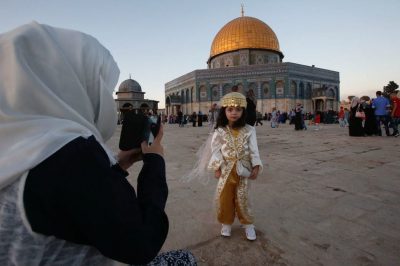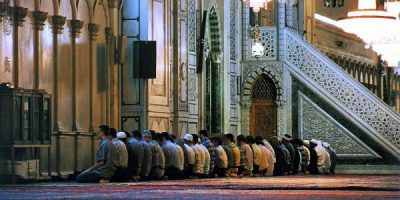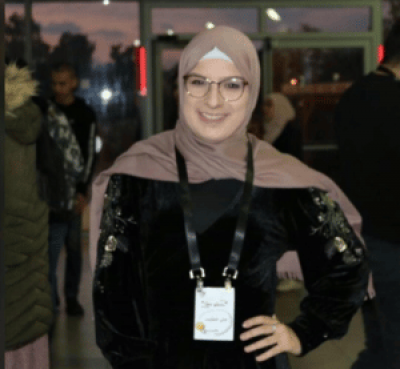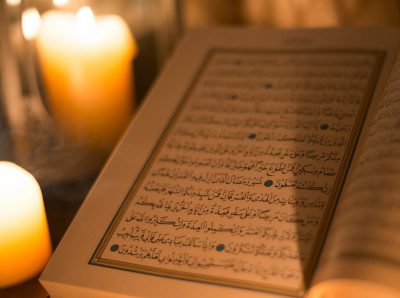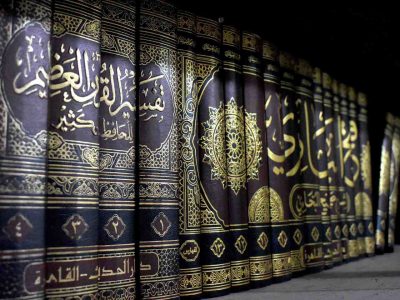Eid al-Adha (عيد الاضحى; eed-all-ah-d-khah) – the Feast of Sacrifice, also named “the Greater Eid.”
Eid al-Adha is a Muslim holiday celebrated on the 10th day of the month of Dhu al-Hijjah (the 12th month of the Muslim calendar), and lasts four days. This Eid (“holiday” in Arabic) marks the conclusion of the Hajj, the pilgrimage to Mecca, and where Muslims offer sacrifices to Allah, God. There are two ways of celebrating the holiday: for those in Mecca, and those across the world. At home, people celebrate the holiday through a ceremony resembling the same day in Mecca. First is Tasmiyah (saying the sentence, “In the name of Allah, the Compassionate and the Merciful”), second is a prayer about the prophet ﷺ, third is turning towards the direction of the Kabba (the Black Stone in Mecca), fourth is saying Takbir (“Allah is the Greatest”), and, finally, offering a sacrifice. A third of the meat of the sacrifice – a sheep, goat, cow, or a camel if there is no blemish – will be eaten by the sacrificer, their family, their friends, and their neighbors. Two thirds will be given to the needy. Other holiday customs include fasting on the day before (“Yom al-Arafah”), purchasing new clothing in preparation for the holiday, preparing sweets, and visiting the graves of family to recite verses of the Quran to honor their memories.
It’s customary to ascribe the roots of the holiday to the binding of Ishmael, recalled in the Quran in Surah al-Safat, verse 37, in which Abraham was about to sacrifice his son, but stopped at the last moment at the hands of Allah – which provided him a sheep as a substitute.
In Israel, the holiday is celebrated by the Muslim community, the Circassian community, and the Druze community. It is even recognized as an official day of rest for those communities (meaning there is no work and establishments are closed, like on Shabbat or Jewish holidays).
While the customs for Eid al-Adha in the Muslim community in Israel are identical to their Druze counterparts, Eid al-Adha for the Druze has a different meaning. It makes reference to the gifts Cain and Abel brought to God – and the very first murder that happened as a result – and other unique customs. In Druze worship, the 10 days before the holiday (“Yali al-Osher”) are comparable to “10 days of repentance”, and they are dedicated to prayer and to supplication. They are defined as days of grace and mercy, where the whole community – even those who are not very religious – is entitled to visit the houses of prayer. On the day of the holiday itself, the Religious Sages (“Haekal”) read the creation story of the world, and make a sacrifice at each house, sometimes with families that have lost a child so that they can comfort others. It is customary to organize visits to family and neighbors, perform pardons, and donate to religious institutions and the needy.
The name of the son is not mentioned in the Quran, but the prevailing Muslim interpretation attributes the story to Ishmael. It may be because the interpretation is based on the difference of the son’s conduct in the Quran compared with his behavior in the Bible and in the Jewish tradition. While the terror of Yitzhak (Isaac) at the time of the Akeidah (Binding of Isaac) is echoed in a Jewish Midrash (“and Yitzhak was afraid”), in the Quran Abraham tells his son that he dreamt about sacrificing him to God. The son interprets the dream as God’s order, and accepts this with peace of mind (“If Allah wants it, you will find that I stand with strength of spirit”).
For the purpose of defining certain words, we made use of this source:
Dana, Nissim. “Holidays, Festivals and Holy Sites.” In The Druze, edited by Nissim Dana. Ramat-Gan: Bar-Ilan University Publishing House, 1998, pages 75-90.

